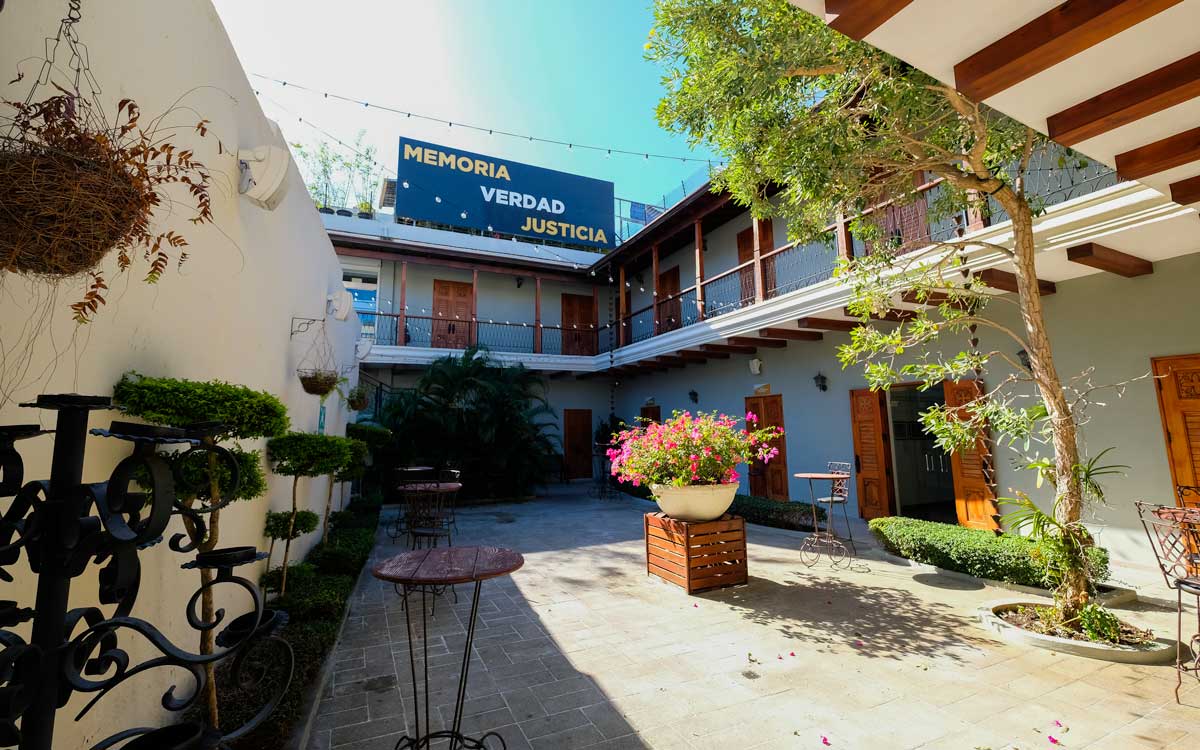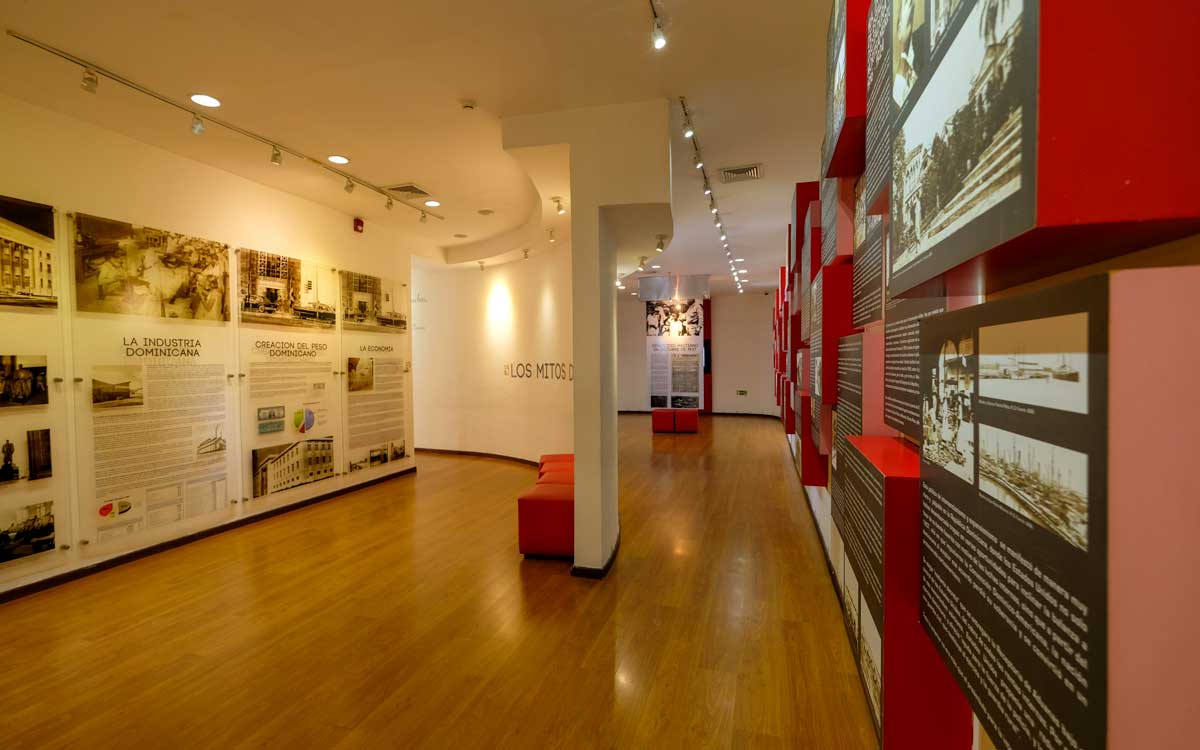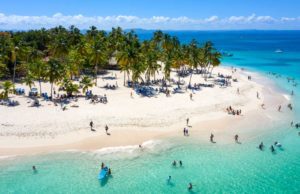History & Heritage
See the dark side of Dominican history at Museo de La Resistencia
Museo de La Resistencia, Santo Domingo
Photo: Anton Lau
This powerful, emotionally-charged museum bears witness to a brutal chapter of Dominican history (in the hopes that it will never be repeated). Learn about the brave men and women who resisted Trujillo’s 31-year dictatorship.
Share
Rafael Trujillo’s violent dictatorship
Rafael Trujillo made such an impact on the Dominican Republic that locally, the modern history of the nation is separated into pre-Trujillo and post-Trujillo eras.
Modern Dominican history begins in the late 1400s with European colonisation and exploitation of “the Indies”. The first centuries of colonialism were characterised by appalling racism, imperialism, brutality and brigandry, as noble “explorers” and unsanctioned pirates alike plundered and murdered to get their hands on the riches of Hispaniola - first the gold found in its rivers, then cash crops like sugarcane, coffee and cocoa.
Some 500 years after Europeans first colonized Hispaniola, Rafael Trujillo set himself up as something of a modern-day colonizer. Although Dominican-born, Trujillo’s plunder of the country, massacres of its people and cruel silencing of all political opposition bears much resemblance to sixteenth-century viceroys like Christopher Columbus.
The Dominican Resistance Memorial Museum (Museo Memorial de la Resistencia Dominicana) is dedicated to the more than 40,000 Dominicans and Haitians slain during his rule, especially those who resisted. The resistencia is the movement that countered Trujillo for ten of those years, risking abduction, torture and imprisonment.

Courtyard at the Museo de La Resistencia, Santo Domingo
Photo: Anton Lau
Trujillo’s rise and fall
According to two of Rafael Trujillo's biographers, Eric Roorda and Bernard Diederich, the dictator was a humble cattle thief and check forger before he set his sights on politics. His first act of leadership was starting a street gang of violent thieves called 42, and for many who survived it, Trujillo's entire rule had a flavor of criminality, characterised by the silencing of opponents using physical and psychological tactics.
Trujillo later joined the army, mysteriously skyrocketing from cadet to commander in chief in just nine years. From this point, it wasn't far to being the head of the police and then, after a coup d'etat, on to the presidency itself.
Trujillo was eventually assassinated in 1962 and subsequently buried in Spain. In contrast, hundreds of Dominican families were never able to bury loved ones who disappeared while fighting Trujillo as part of La Resistencia - “the resistance”.

Exhibition at the Museo de La Resistencia, Santo Domingo
Photo: Anton Lau
What you’ll see on display at the Museum
Steel yourself before entering the museum, because it isn't easy to get through - especially the room that highlights the methods of torture used during Trujillo's 30-year rule.
The first exhibit at the museum talks about the myths created during the Trujillo era, particularly the myths that the government functioned more efficiently and the Dominican economy improved during Trujillo’s dictatorship.
The majority of exhibits are about the clandestine movements that opposed Trujillo’s oppression, and the fates suffered by group members and their families. Highlights include the leftist “14th of June Movement”, made up of over 300 rebels working together, including the famous Mirabal Sisters.
Visitors can learn how the three Mirabal Sisters - now cultural icons of the Dominican Republic - assisted the resistance before they were cruelly executed by Trujillo. If you want to learn about the Mirabal sisters before you visit, check out our article on the top five books you should read before you visit the DR.
A room is also dedicated to the 12,000 Haitians killed (some estimate as many as 35,000) as part of Trujillo’s ethnic cleansing of the Dominican Republic.
The museum hopes "to cultivate civic virtues in responsible citizens to avoid abuse and violence on the part of the state and groups in power" so that atrocities like those carried out under Trujillo’s regime can never happen again.
Getting there
The Dominican Resistance Memorial Museum is located in the Colonial Zone of Santo Domingo on #21 Calle Arzobispo Noel, and is open Tuesday - Sunday, 9:30 AM - 6:00 PM.
Admission is 150 pesos (roughly US $3). For groups of more than five, a guide is available for an extra 500 pesos (roughly US $10), and audio guides can be loaned for 40 pesos (roughly US $1).
*Note that all indicative costs in US dollars were accurate at the time of writing based on an exchange rate of US $1 = 53.14 DR pesos
Written by G. Abdullah.
Published July 2020
Find Museo de La Resistencia
External Links
Categories
Tags
Share
Find Museo de La Resistencia
External Links
Categories
Tags
Share
Dominican culture and customs: know before you go
Fruit seller in Constanza
Photo: Mikkel Ulriksen
Explore more of the Dominican Republic's history
Ojos Indígenas Ecological Reserve
Just minutes from Punta Cana resorts, swim in incredible Larimar-colored
Hear the Echoes of Time at Museo de las Casas Reales
Explore treasure, maps, weapons and other artefacts from the Spanish
Centro León Museum and Cultural Centre
Get out to Santiago De Los Caballeros to experience Centro
Alcázar de Colón: Dominican History Lives Here
Step into Dominican history at the palace of Diego Colón,
Visit the Catedral Primada de América
Catedral Primada was the first Cathedral in the Américas and
Know Before You Go: Fortaleza Ozama
The oldest colonial fortress in the Americas, Fortaleza Ozama was
Caves of Pomier: An almost-lost world
Enter An Indigenous World And Explore The Prehistoric Caves Of
Holy Week 2023: Semana Santa in the Dominican Republic
See why the Dominican Republic is the best destination to
Subscribe to our newsletter
Get more travel inspiration, tips and exclusive offers sent straight to your inbox

